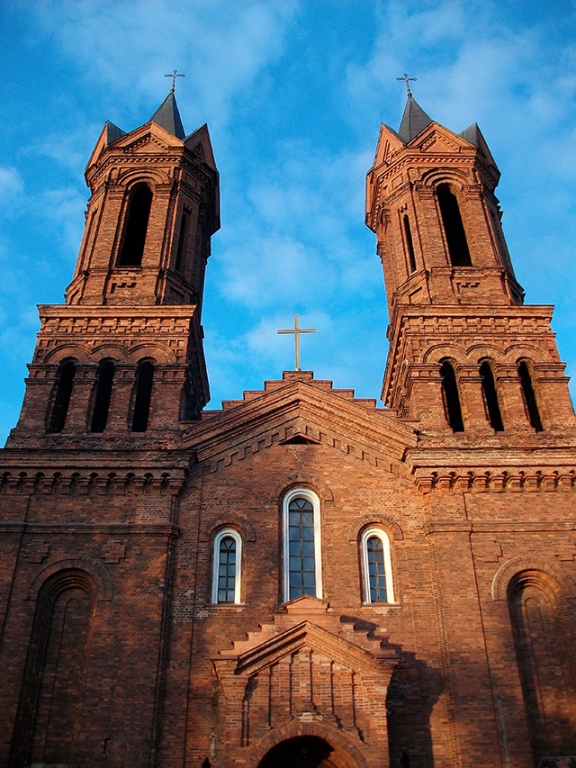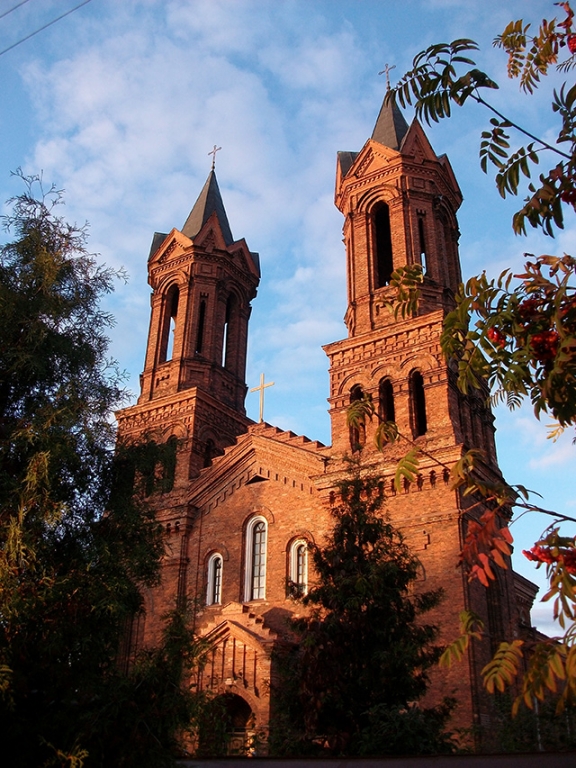Vitebsk Church Of St. Varvara

Костел Святой Варвары© 2010, Дмитрий Семенидо


Костел Святой Варвары© 2010, Дмитрий Семенидо

Vitebsk St. Barbara's Church - a unique monument of Belarusian architecture
Church of St. Barbara in Vitebsk is located on Leningradskaya street. This unique architectural monument of the 18th century in neo-Gothic style. In a stately building of red brick annually Catholic holidays: Easter, Christmas, service.
The History Of The Church Of St. Barbara
The temple was built in 1785 on the site of the Catholic cemetery funds Anthony of Kosovo. It shone Archbishop Stanislav Bogush-Sestrenzevich in honor of St. Barbara, the patron Saint from instant death. In the year 1800 near the temple there was built a chapel of the Holy cross.
Before St. Barbara's Church was also called Podliaski, as at the time he was out of town. Initially, the temple was founded as a cemetery, but through the years it became a parish Church. For 150 parishioners he was no longer able to accommodate thousands of believers who came here. So soon it was decided to build a large stone Church instead of the old wood. The project construction was architect Victor Piotrowski.
In December 1885 the Church was consecrated in honor of saints Barbara and Joseph, and next built the house of the priest and the hospital.
In 1935, St. Barbara's Church was closed and converted it under a warehouse. During the second world war the Church was badly damaged, but on his restoration thought only in 80-ies of the 20th century. Initially it was planned the opening of the concert hall, but the locals and the priest insisted that the Catholic Church once again became a Catholic Church.
Vitebsk St. Barbara's Church in our day
St. Barbara's Church – triple-nave Basilica, the facade of which is located a two-level tower. The temple combines the best traditions of the Romanesque style and Gothic revival. Vitebsk architecture is proud of its historical heritage, which is considered a unique building of Belarusian architecture. The Church looks graceful, it is brick walls, like stone lace, reaching to the heavens. Despite its grandeur and solemnity, the temple is poured into the urban fabric.


